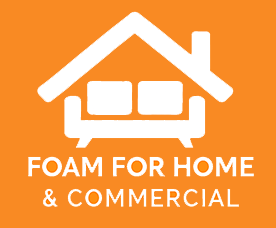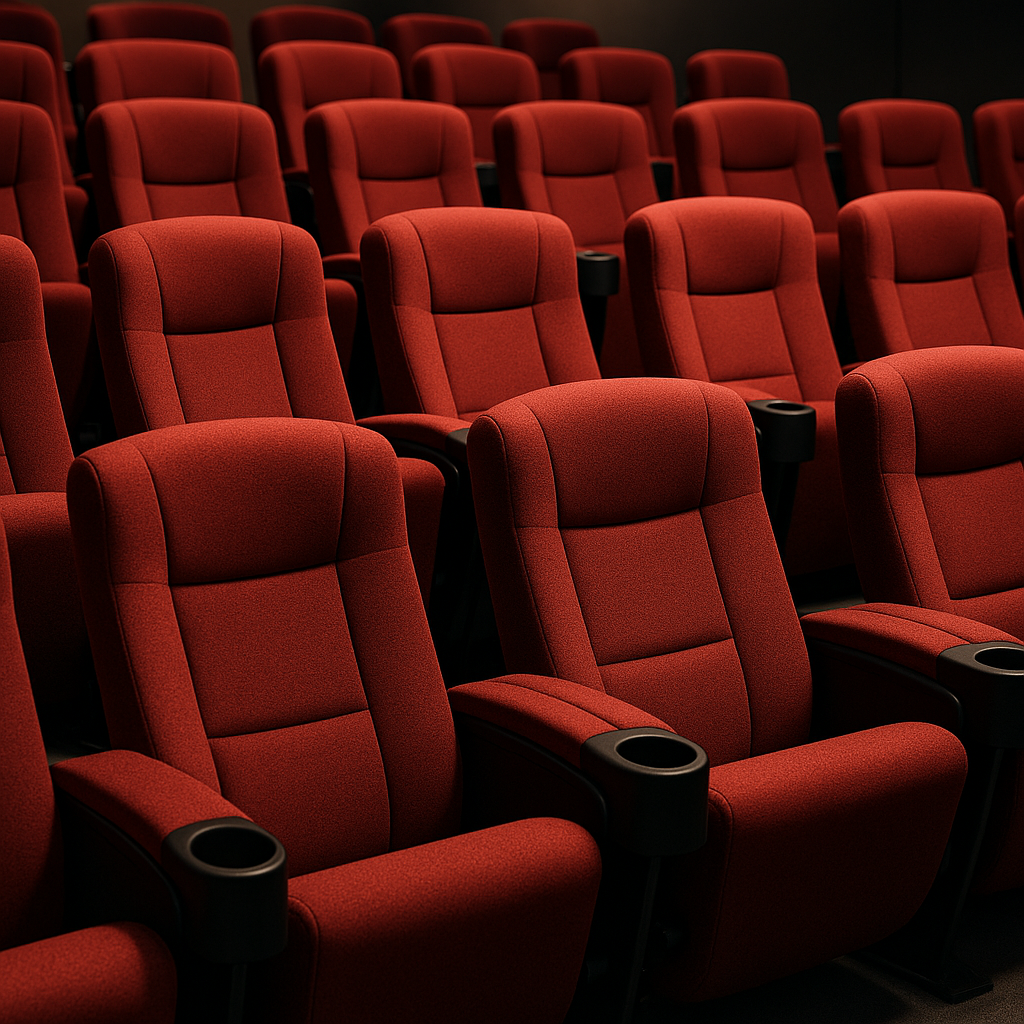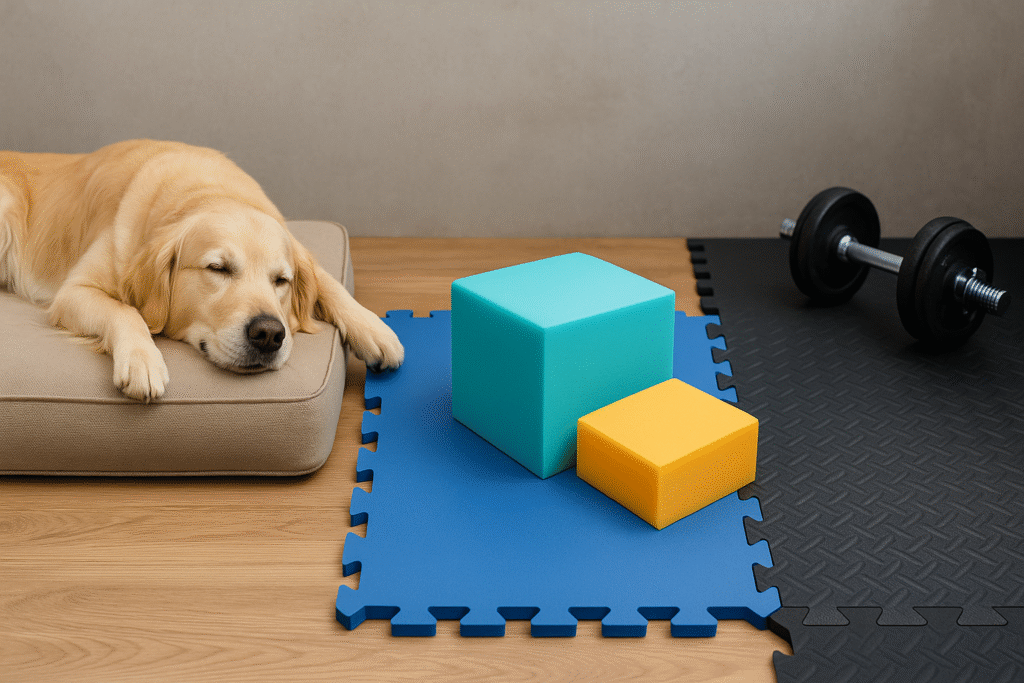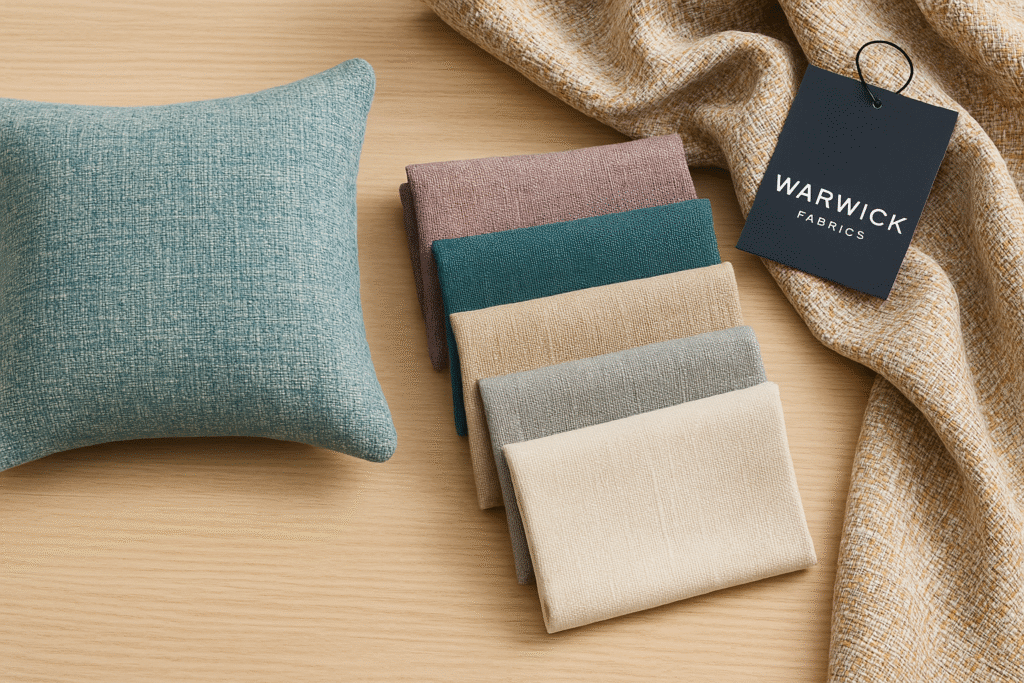Introduction: Why Commercial Foam Matters
When it comes to designing or refurbishing commercial spaces — from cinemas and hotels to cafés, offices and hospitals — comfort, safety, and durability are non-negotiable. Foam plays a major role in delivering that experience. But unlike residential furniture or home cushions, commercial-grade foam must meet stricter performance and safety standards.
This guide explores where foam is used in commercial environments, the Australian standards that apply, and best practices for selecting and maintaining the right foam for each project.
Common Applications of Foam in Commercial Interiors
Foam is one of the most versatile materials used across commercial fit-outs and public environments. Here are some of the most common applications:
Seating and Upholstery
From hotel lounges to waiting rooms, high-traffic seating demands foam that can maintain its shape, comfort and resilience for years. High-density foam ensures consistent support, even after thousands of uses.
Fixed Seating in Theatres or Auditoriums
In cinemas, stadiums, and theatres, seats need to withstand heavy use while meeting fire-retardant and safety standards. Modular, replaceable foam inserts make maintenance easier and reduce long-term costs.
Mattresses and Hospitality Bedding
Hotels, hostels, and hospitals rely on quality foam for guest comfort and hygiene. Foam used here must balance pressure relief, durability, and ease of cleaning, often requiring combustion-modified high-resilience (CMHR) grades.
Acoustic Panels and Sound Treatment
Open-cell acoustic foam absorbs echo and reduces reverberation in restaurants, offices, and recording studios. The correct foam density and porosity make a big difference to noise control and speech clarity.
Wall Padding and Safety Panels
Gyms, childcare centres, and aged-care facilities often use foam wall padding to prevent injuries. These applications need foams that meet both impact resistance and fire safety benchmarks.
Understanding Australian Standards and Fire Safety
One of the most critical differences between residential and commercial foam use is compliance with fire regulations.
Fire and Ignitability Requirements
Under the National Construction Code (NCC), materials used in public or commercial buildings (Class 2–9) must comply with Specification C1.10, which outlines acceptable fire hazard properties such as:
- Critical radiant flux
- Smoke development index
- Flame spread index
- Group Number classification (AS 5637.1)
Many commercial seating systems also align with BS 5852: Source 5, a standard that measures how foam and upholstery composites perform when exposed to ignition sources.
Australian foam manufacturers like Joyce Foam Products and Dunlop Foams produce fire-retardant and CMHR foams that meet these standards without using environmentally harmful flame-retardant chemicals.
Other Compliance Factors
- Durability testing: Commercial foam is tested for hardness, fatigue, and compression set.
- Acoustic testing: For soundproofing foam, noise reduction coefficient (NRC) ratings help designers select the right material.
- Hygiene and cleanability: Foams in medical and hospitality settings must resist moisture and withstand sanitising agents.
- Warranty: Commercial clients expect a lifespan of 5–10 years, making performance data essential when specifying foam grades.
Choosing the Right Foam Type
Selecting the correct foam is vital for both comfort and compliance. Consider the following:
- High Resilience (HR) Foam: Offers exceptional comfort and long-term recovery for premium seating and bedding.
- CMHR Foam (Combustion-Modified High Resilience): Treated to reduce flame spread and smoke, making it ideal for commercial seating.
- Reticulated Foam: Designed for outdoor and marine environments where water drainage is important.
- Acoustic Foam: Engineered with open cells for sound absorption and echo control.
When ordering, always request:
- The foam’s density (kg/m³) and firmness (ILD) rating
- Fire test certificates or compliance documentation
- Recommended use cases to ensure the grade suits the application
Best Practices for Commercial Foam Installation
Design for Durability
For high-traffic areas, choose foams that can recover quickly from repeated compression. Firmer foams are ideal for public seating and backrests, while softer grades can be reserved for comfort layers.
Modular Construction
Design cushions or panels as replaceable modules. This allows worn or damaged sections to be swapped out without full replacement — reducing downtime and waste.
Proper Covering and Fabric Selection
Always use commercial-grade upholstery fabrics that meet abrasion and flame-retardant standards. For acoustic applications, use breathable or perforated fabrics to preserve sound absorption performance.
Secure Fixing and Installation
Avoid adhesives that break down foam over time. Instead, use mechanical fixings or non-reactive adhesives suited to polyurethane materials. Ensure backing boards or substrates provide solid support.
Maintenance and Inspection
Perform annual checks for sagging, cracking, or moisture damage. Replace foam inserts showing permanent deformation. Clean using mild detergents, and avoid harsh solvents that degrade foam integrity.
Case Study: Cinema Seating Upgrade
A regional cinema replaced outdated vinyl seats with custom-cut CMHR foam cushions supplied by a local foam specialist.
By using a modular insert system, staff could replace worn cushions individually rather than re-upholstering entire rows.
The upgrade improved comfort, met new NCC fire-safety requirements, and reduced long-term maintenance costs — proving how the right foam selection delivers both safety and savings.
Common Mistakes to Avoid
- Using residential foam in public or commercial environments.
- Ignoring compliance certificates or test data.
- Selecting foam based purely on price rather than performance.
- Overlooking the impact of coverings on fire safety.
- Gluing foam permanently to surfaces, preventing replacement.
Avoiding these pitfalls can significantly extend the life of your project and ensure compliance with building and safety codes.
How FoamForHome Supports Commercial Projects
At FoamForHome, we supply a wide range of Australian-made commercial foams, including high-resilience, CMHR, and reticulated grades.
Our team can assist with:
- Custom cutting and shaping to fit any design
- Fire-rated and acoustic foam options
- Project documentation and test data
- Fast turnaround times for refits and upgrades
Whether you’re designing cinema seating, hotel furniture, or acoustic studios, FoamForHome provides quality, compliance, and comfort — all backed by trusted Australian manufacturing.
Conclusion
Commercial environments demand more from foam: longer lifespans, higher safety standards, and dependable comfort.
By understanding the applications, standards, and best practices outlined above, designers and business owners can make smarter decisions — protecting both people and investment.
For advice or quotes on commercial-grade foam, contact Foam For Home today and let our experts help you find the perfect solution for your next project.



